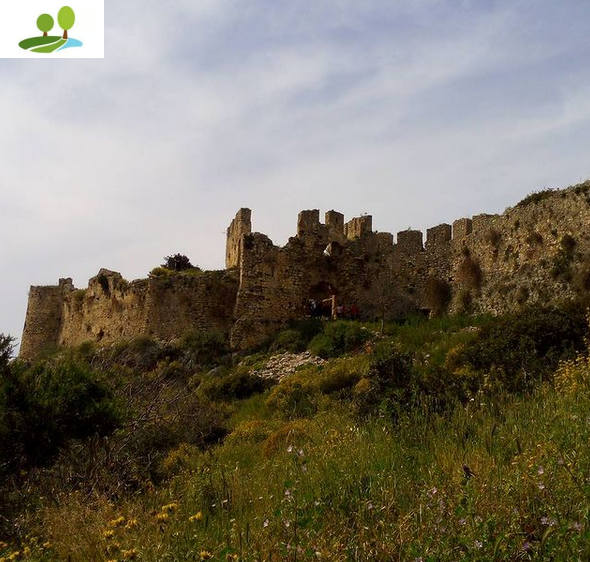Artemis 30
| Artemis 30 | |
|---|---|
| Type | Anti-aircraft system |
| Place of origin | Greece |
| Service history | |
| Used by | Greece |
| Production history | |
| Designer | |
| Designed | 1982 |
| Manufacturer | Hellenic Arms Industry |
| Specifications | |
| Weight | 7,400 kg (16,300 lb) (travelling with ammunition) |
| Length | 7.95 m (26 ft 1 in) (travelling) |
| Width | 2.375 m (8 ft) (travelling) |
| Height | 2.25 m (7 ft 5 in) (travelling) |
|
|
|
| Shell | Aluminium cased 30 mm x 173 mm |
| Caliber | 30 mm (1.2 in) |
| Action | Gas operated |
| Carriage | Four wheel twin axle split type with onboard generator. |
| Elevation | -5° to +85° |
| Traverse | 360° |
| Rate of fire | 800 rpm per barrel |
| Muzzle velocity | 1,035 m/s (3,400 ft/s) (HEI ammunition) |
| Maximum firing range | 8,400 m (27,600 ft) |
| Sights | On board gyroscopic 2D tracking sight |
The Artemis 30 consists of twin 30 mm Mauser MK30 Model F autocannons connected to a large central drum mounted on a four-wheeled towed carriage. A total of 500 rounds are carried ready to use in the mount. normally deployed in 6 twin mounts per battery, and has a maximum range of 8,400 metres and a firing rate of 800 rounds per minute per barrel.
Possible future operators
 India: The Artemis 30 is one of the candidates for replacing India's 800 ZU-23-2 23mm anti-aircraft guns.[1]
India: The Artemis 30 is one of the candidates for replacing India's 800 ZU-23-2 23mm anti-aircraft guns.[1]
| From Wikipedia, the free encyclopedia |



Δεν υπάρχουν σχόλια:
Δημοσίευση σχολίου